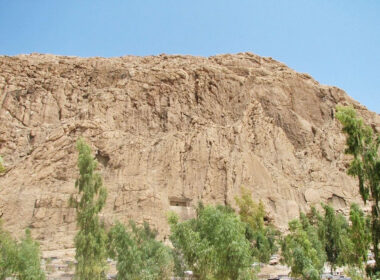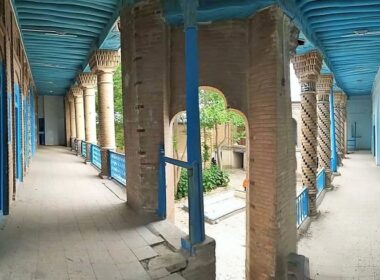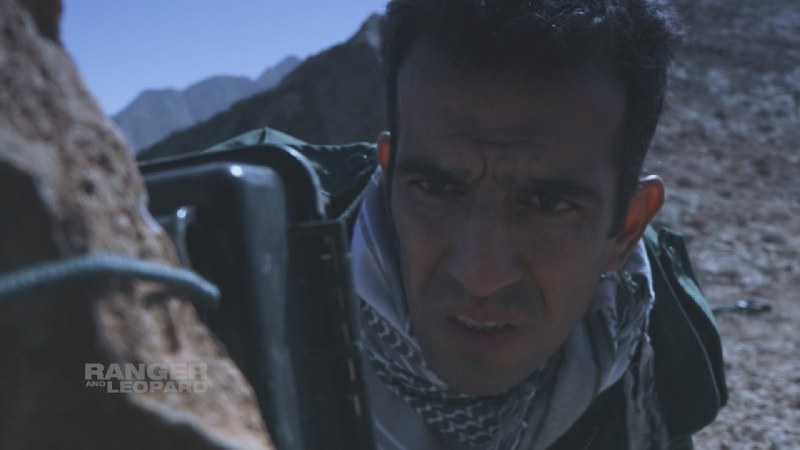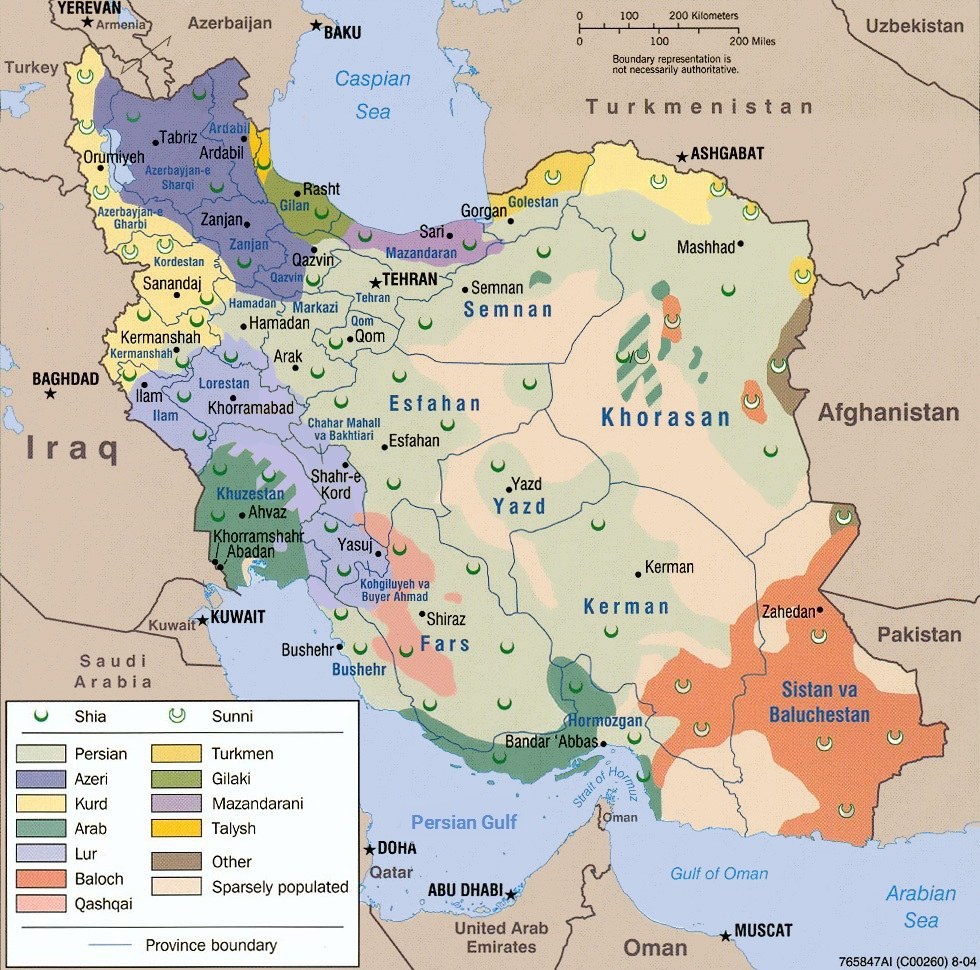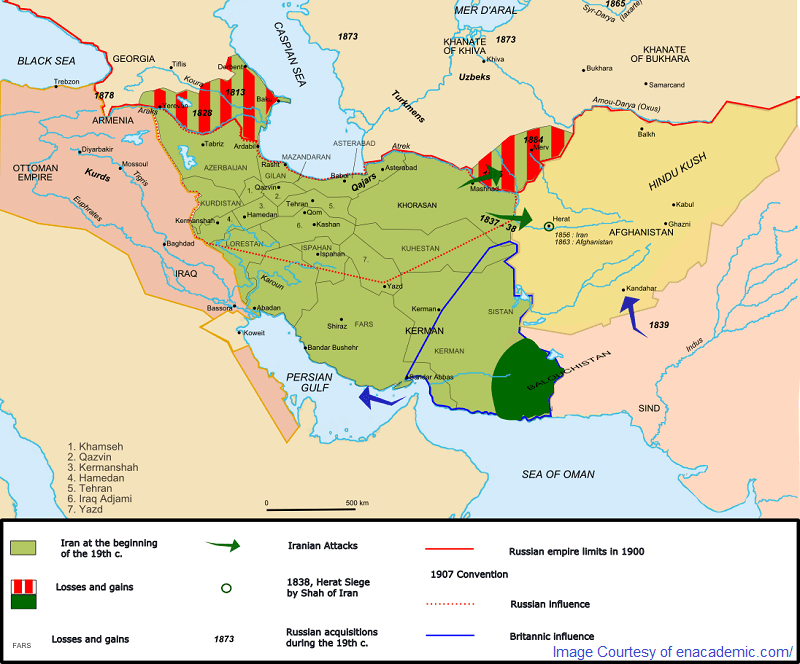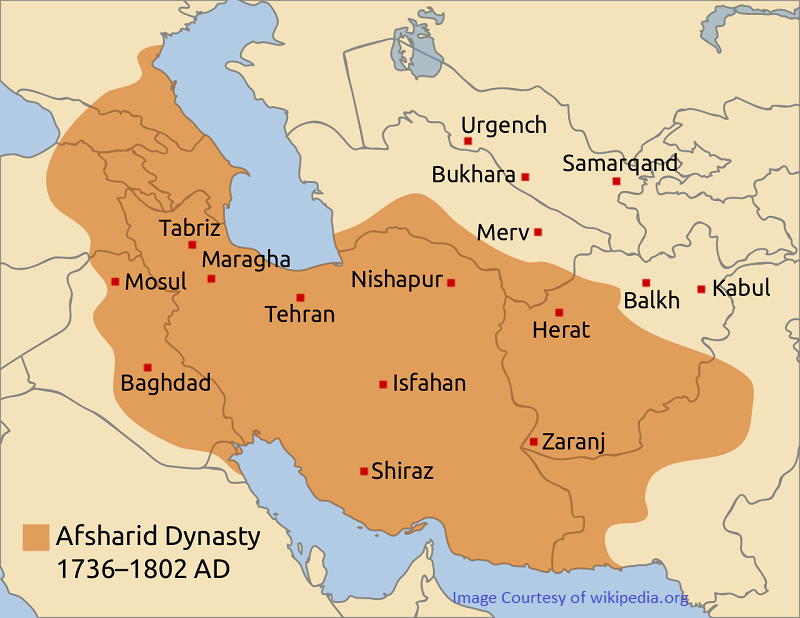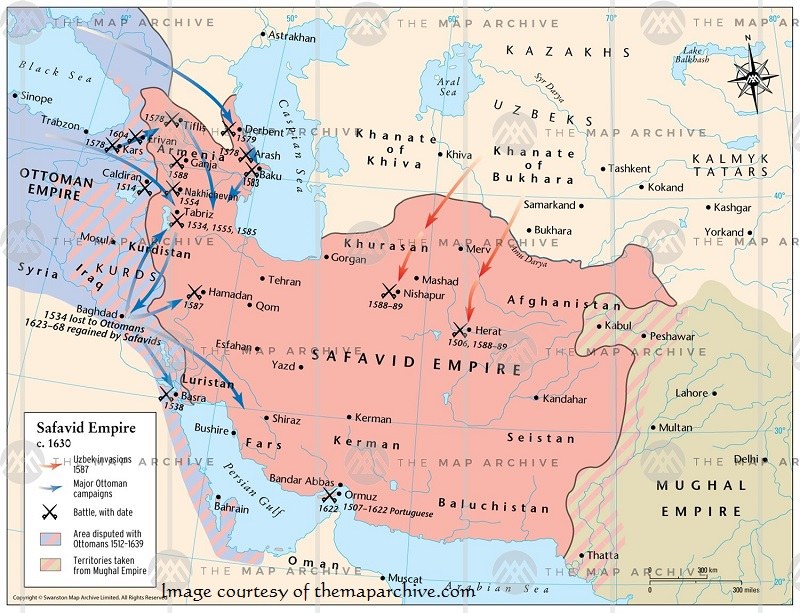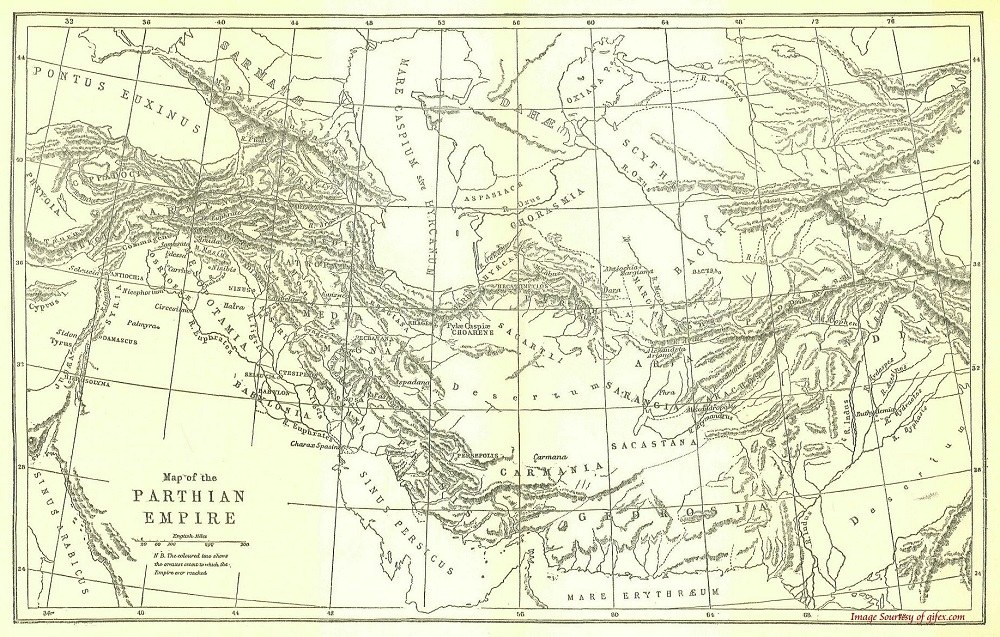
Before learning about the history of Parthians, we need to know who they were. The tribes living at the south of Atrak river (NE of modern Iran), near Quchan, could not tolerate a foreigner’s rule in their homeland. So, they deprived Macedonian Seleucids of ruling over that region. The mentioned tribes who were of a family called Arashk started a monarchy this way (Ashkanian OR Parthian).
They had to choose the nomadic lifestyle to be able to survive and protect their belongings and pastures. Therefore, they had to be excellent horsemen and archers. The reputation of these archers had even reached some Roman poets like Virgil and Horace.
Parthians were from Aryan nation who spoke one of the Iranian languages. They believed in the common religion of Eastern Iran, Zoroastrianism and had established an old solid friendship with the city dwellers. Ethically speaking, they were famous for their good behavior.
The Beginning of the History of Parthians
When Seleucids power collapsed completely in Syria (approximately 64 B.C), Parthians had taken power as a local dynasty in Parthia for a period of almost 200 years. At least during a quarter of a century at the end of this period, the Parthians’ government was by no means afraid of Seleucids.
Except for Rome, there was no major threat there for Parthians. Rome was also cautious, surprised and somewhat terrified by this new power emerging in the East.
Parthians founded a large empire in the East that consisted of seven large united regions. The unity between different provinces, run almost independently by a local governor, had made sort of a united state the capital of which was a moving throne. In addition, they owned large pieces of lands, fields, gardens, treasuries, and harems.
Major Challenges for Parthians
When you start to study the history of Parthians, you soon find out that Mehrdad I (Mithradates), according to the historians, was a Cyrus of his time restoring Iran’s authoritative power as a large empire from a local government. Iran honored his accomplishments as a wise lawmaker who spread any admirable tradition of any nation in his territories. Following a policy of tolerance, he let several ethnic groups live peacefully under his rule. He was a brave warrior on the battlefield while being a merciful character to his friends.
After him, chaos prevailed in the empire. Then, Mehrdad II (Mithradates II), like Darius the Great, brought back peace and order to the country and surmounted any existing problems one after another. He established favorable relations with the empires of China and Rome.
During the history of Parthians, the other rulers could not show any such mighty dissent characters. At times, they even went to the opposite extreme as in the instance of Orod, the Parthian king. His commander, Surena, succeeded to conquer the Roman army under Crassus, who had just suppressed Roman slaves. Surena had proved his loyalty to the Parthian king and his family. Despite this fact, the king released an order to kill him, because he was afraid of his growing popularity.
Armenia attacked some parts of the empire. Rome exerted military pressure in the western regions of the Parthian Empire and came so close to Iran that it became Iran’s neighbor and the Euphrates (today’s Iraq) was the border river between the two countries. Armenia challenges both Parthian and Roman empires and disturbed both governments. The first war between Iran and Rome became inevitable. Such wars continued to the end of Parthians’ rule.
Parricide was revived among the weak heir of the Parthian throne. This eroded the mighty power of the empire little by little. Armenia played an instrumental role for Rome. Those who claimed the Parthian throne were supported by Rome.
Iranian position was later strengthened in Armenia. Nero considered this an insult for his government and set out his army to regain his government’s position there. Rome was not successful in this effort. The situation in Armenia did not ease at this point and turmoil always went on up to the end of the Parthians’ rule.
Parthians’ Achievements
During the history of Parthians, these rulers achieved several goals. They succeeded in taking revenge for Iranians being attacked by Alexander. The foreign rulers had to leave the country and Iran regained its authority over its territories. They blocked or stopped the rush of non-civilized tribes called Ephthalites (White Huns) at the Eastern borders of the empire, which was significantly advantageous for Rome and India. Under Parthians, Iran became a major link between the merchants in the East and the West by securing a route later referred to as the “Silk Route”.
Parthians had formed an assembly of the nobles called “Mahestan” that made the final decisions on very serious issues. They tolerated different religions and did not impose any religion on the nations under their rule. Parthians helped Zoroastrianism to spread over the Western areas of Iran and even ordered the collection of some parts of the Zoroastrians’ holy book, “Avesta”.
Under Parthians, Mithraism reached to Rome from Iran through Syria and Asia Minor. In architecture, Iranians’ innovations were made known as Parthian style (a combination of Greek and Mesopotamian Styles) and went beyond the empire’s borders.
Parthians were the inspiring source of some national Iranian legends and epic stories. Stories like “Rostam & Esfandyar” were composed then and later, at the end of Sassanians, and even reached Mecca in the Arabian Peninsula. Eastern Aramaic writing system was officially recognized to be used in the court.
Fall of Parthians’ Power
What kept the seven large ruling families united for a long time was their loyalty to the tribal spirit of respecting and honoring the hierarchy among the families. Violating this tradition led them to parricide and killing of the nobles. It ultimately caused major cracks in the framework of Parthians’ power. There were, of course, other reasons for the collapse of the Parthian Empire, but this was a major cause of it.
Ardashir Papakan, the governor of Persia, central Iran, staged an opposition to the dominant ruling system. He was the son of Sassan, the high Zoroastrian priest of the region. Apparently, Persian priests cooperated with Ardeshir. They related themselves to the Achaemenians kings ruling in Iran before the invasion of Alexander.
Sassanians put an end to the history of Parthians and founded a solid centralized ruling system different from how Parthians had administered the country by dividing it among seven families. They were not part of the seven large united families. By submitting to the ruling dynasty, they could continue possessing the power in the region for a long time.




